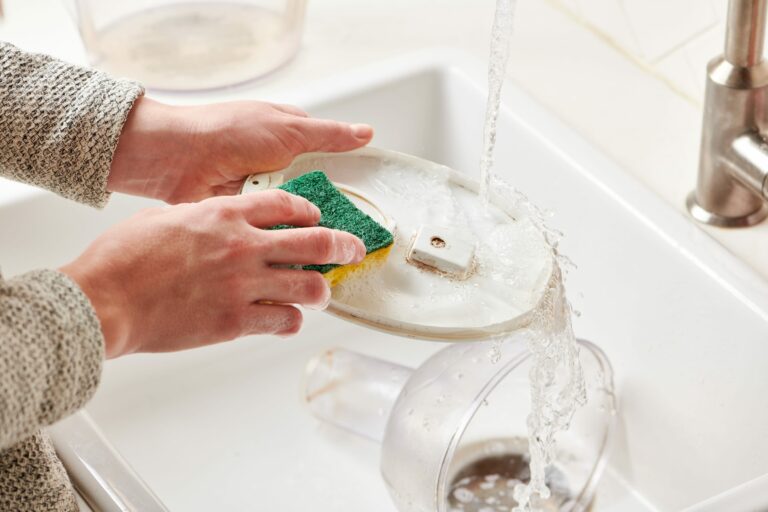Who doesn’t love the taste of clean water? Brita pitcher makes it easy to have fresh, clean drinking water at all times by filtering your tap water. But how often should you be cleaning your Brita pitcher? Is there any need to do so or can you just fill it up and let it sit for a week? This blog post will answer these questions and more!
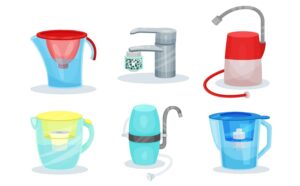
What is a Brita Pitcher?
A Brita pitcher (official website) is a water filtration system that makes tap water taste better. The Brita pitcher is made of durable plastic that’s BPA-free. It comes in a variety of colors and it has an ergonomic design with easy to press buttons for dispensing water or ice cubes.
The spout allows for drip free pouring, which makes the Brita pitcher ideal for serving iced and hot beverages. It uses an activated carbon and ion exchange resin to reduce contaminants like chlorine, zinc, copper, mercury and cadmium levels in drinking water. The filters are designed to last up to three months or 40 gallons of filtered water. 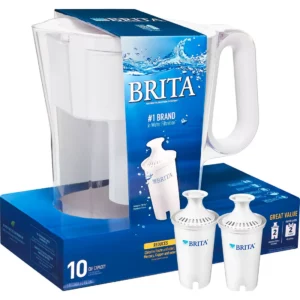
Brita Pitcher Filters and Designs
Brita pitchers come in a few different sizes and designs, such as the plastic Classic filter pitcher, glass water filter pitcher, metal Grand cup dispenser with one-touch serving spout. The filters for each of these types are interchangeable.
However, some models may require more frequent changes due to their design or flow rate. For example the larger brita stream model mentioned above is designed to provide filtered tap water on demand while supplying 40 gallons per cartridge (versus about 20 gallons for standard models). This means it will need replacement cartridges sooner than traditional pitchers that hold up to six cups at once.
Do You Have to Clean the Brita Pitcher?
You need to clean your Brita pitcher if you notice that water or ice cubes are not flowing smoothly. This could be caused by lime scale build up around the filter, which can cause reduced flow rate and bad taste. To prevent this problem, regularly backflush the Brita pitcher with cold water for best results.
How Often to Clean Your Brita Pitcher
We recommend cleaning it every other week. But, though of course, you may always modify the frequency according to your needs.
Brita Pitcher Cleaning Tips
To clean your brita pitcher, start by filling it with cold water and dropping in two Alka Seltzer tablets. Let this mixture stand for about 15 minutes before discarding. Next add a few drops of dishwashing liquid to the unit and fill again with warm tap water (not hot). Allow to sit for at least 30 seconds and then discard the solution inside. Rinse thoroughly until you no longer see any soap bubbles coming from the spout or dispenser holes on top of your Brita pitcher. Finally let air dry overnight before refilling with filtered tap water once more.
You can also start a Brita pitcher cleaning cycle by adding three parts white vinegar to one part water in an empty tank. Let it sit overnight before starting again until all liquid has drained out of the machine.
Is My Brita Pitcher Dishwasher Safe?
Please, do NOT put your Brita pitcher in the dishwasher as it may cause damage to the product. Also make sure you do not use any harsh chemicals or abrasive products when cleaning a brita pitcher because this can also lead to reduced performance and leakages.
How to Keep Mold out of Brita Pitcher?
If you notice any black or green mold inside the pitcher, make sure to wash it thoroughly with a solution of water and vinegar. Try disinfecting your Brita pitcher by adding one teaspoon chlorine bleach for every cup filtered water in an empty tank. Allow mixture to sit overnight before starting again until all liquid has been drained out of your brita pitcher.
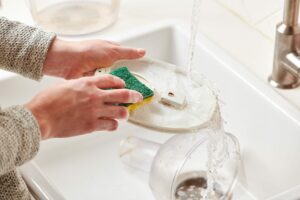
Please note that this method should only be used as a last resort because there is risk of damage from exposure to chlorine or other chemicals found in bleach. You can also try using Clorox Clean Up which contains no harsh chemicals even though it still effectively removes dirt and grime without leaving behind harmful residue.
In addition, always rinse your brita filter after each use to avoid build up.
Does Bacteria Grow in Brita Pitcher?
Not likely. The Brita pitcher is designed to remove harmful contaminants along with the beneficial minerals in your tap water, 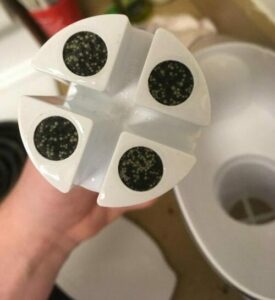 which can help prevent build up of bacteria and other microorganisms that thrive on these trace elements.
which can help prevent build up of bacteria and other microorganisms that thrive on these trace elements.
Additionally, if you live in a household with young children or elderly members who may be more susceptible to illness from bacterial exposure it might be wise to change the filter at least once a month.
Please note: Brita recommends replacing cartridges sooner than this schedule depending on use and local water conditions.
Caution: Do NOT use Brita pitcher if you notice any change in the taste or smell of your filtered water! Or if it has come into contact with grease or oil due to frequent cooking, washing dishes by hand, stocking fish tanks at home etc.
If you have pets that drink from the tap regularly please take special care to clean and maintain your brita pitcher even more frequently to ensure no harmful bacteria are transferred through contaminated drinking supplies.
In Conclusion
In this blog post, we’ve tried to cover most of the issues to help you figure out how often to clean your Brita pitcher and what’s the best way for doing it. If you have any questions, please don’t hesitate to contact us!
